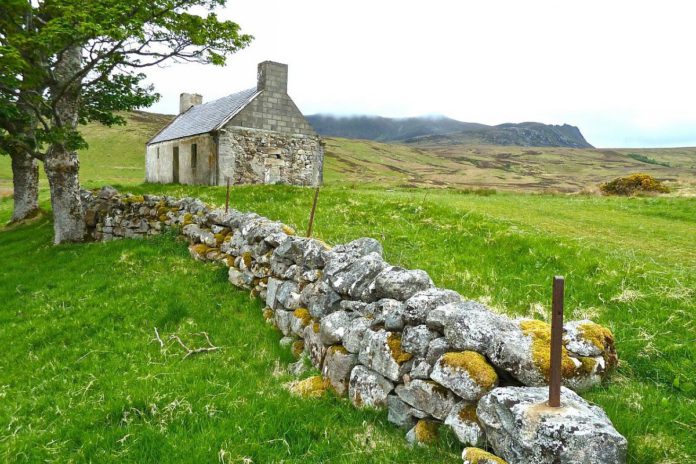The government has announced grant support of up to €50,000 to refurbish a vacant property.
Its new home ownership-focused Croí Cónaithe (Towns) Fund will provide grants of up to a maximum of €30,000 for the refurbishment of vacant properties for occupation as a principal private residence.
In total, the government has created the €50 million fund to “support” people to live in towns and villages in Ireland by providing this grant to refurbish vacant properties.
The measure aims to deliver the “sustainable” reuse of vacant properties as new homes, which the government says can also support wider regeneration outcomes.
€20,000 top-up grant
However, where the refurbishment costs are expected to exceed the standard grant of up to €30,000, a further maximum top-up grant amount of up to €20,000 will be available where the property is confirmed by the applicant to be derelict (i.e., structurally unsound, and dangerous).
For this, they will have to obtain an independent report for an engineer or a quantity surveyor.
Alternatively, the derelict property must feature on the Derelict Sites Register.
This brings the total grant available for a derelict property up to a maximum of €50,000.
Who is eligible?
- Applicants who are first-time buyers (i.e. not have purchased or built a home for themselves) or who qualify under the ‘Fresh Start’ principle. The Fresh Start principle includes previous homeowners who have experienced divorce or separation, or insolvency or bankruptcy, and who no longer have a legal interest in the previous home;
- Applicants (other than one above) who have particular needs. Includes specifically, disabled people or older people who are moving from their current home, which they are selling or have sold and want to live in a town or village setting;
- Applicants (other than 1 and 2 above) who are moving from their current home, which they are selling or have sold, and want to live in a town or village.
What is eligible?
- Vacant for two years or more and built before 1993. Provide proof such as utility bills to determine vacancy periods;
- Conversion of a property that has not been used as a residential heretofore.
Refurbishment works covered:
- External walls completions, including doors, windows, sills, and applied finishes;
- Roof completions, including flashings, fascias, soffits, gutters, downpipes;
- Substructure works, including works to foundations, rising walls, floor slabs, damp-proofing and underpinning;
- Works to internal walls, stairs, and landings, and internal wall completions including doors, windows, and applied finishes;
- Structural works to the superstructure, including walls, party walls, chimneys, suspended timber floors, structural timbers;
- Building services including plumbing, heating, ventilation, electrical services, and telecommunications;
- Necessary external works and site development works carried out within the curtilage of the site;
- Professional services associated with works;
- The department requires painting and decoration;
- Extension within the ambit of exempt development under planning regulations as part of a wider refurbishment.
How to apply: Vacant Property Refurbishment Grant
Local authorities will administer and manage the fund on behalf of the Department of Housing, Local Government, and Heritage.
Furthermore, they will inspect properties once you have completed refurbishment works in line with your application. LAs will issue your grant once you have completed work.
The department states that it expects that the applicant(s) would normally live in the qualifying residential property for at least five years from the date of payment of the subsidy.
If the party receiving the grant decides to sell the property within ten years, there will be a clawback. In most cases, this will come in the form of “an element” of the full value of the grant, as the department has stated.
Submit your application to your local authority and provide supporting documentation.
Other local, national and international news articles on That’s Farming:





